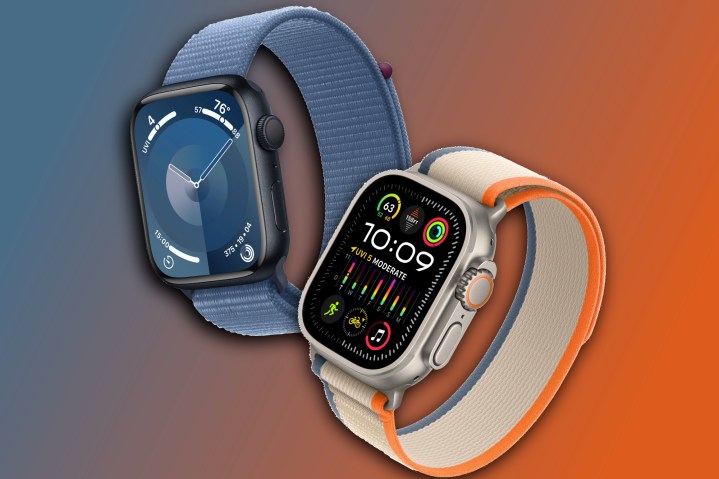
Apple has moved to avoid a U.S. import ban impacting the Apple Watch Series 9 and Ultra 2 caused by a patent dispute with California firm Masimo.
A letter from Masimo to an appeals court judge dated January 15 said that the tech giant could avoid a recently instated import ban on the Apple Watch Series 9 and Ultra 2 by removing the blood oxygen app from these Apple Watches.
In the letter, Masimo says that U.S. Customs and Border Protection (CBP) decided that Apple’s redesign falls outside the scope of the International Trade Commission’s (ITC) import ban on the two devices.
It added that Apple had explained that its “redesigned Watch products definitively do not contain pulse oximetry functionality.”
A decision from the U.S. Federal Appeals Court regarding Apple’s request to pause any U.S. ban on the two smartwatch models during the appeals process could come as early as Tuesday.
Masimo said in a widely reported statement on Monday that Apple’s decision to remove the tool from its smartwatches was “a positive step toward accountability,” adding: “It is especially important that one of the world’s largest and most powerful companies respects the intellectual property rights of smaller companies and complies with ITC orders when it is caught infringing.”
Apple has yet to comment publicly on Monday’s development.
The watches were banned in the U.S. toward the end of last year after the ITC ruled that the blood oxygen sensors violated patents belonging to Masimo.
Apple removed the devices from stores shortly before the ban took effect on December 26, but almost immediately, it won an appeal to resume sales temporarily.
Apple tipster Mark Gurman claimed on Monday that Apple is preparing a software update that will adjust the blood oxygen app’s algorithms in a bid to put some space between it and Masimo’s patented technology.
Gurman also said that Apple has already started shipping these modified Series 9 and Ultra 2 smartwatches to Apple Stores, though it’s not certain when they will be available for purchase.
The blood oxygen feature, which measures the saturation of oxygen in the user’s red blood cells, is expected to continue functioning on Series 9 and Ultra 2 devices that have already been sold, and it’s likely to remain on watches sold outside of the U.S.
There are still many moving parts in the dispute between Apple and Masimo, suggesting that it still has some way to run.
Editors' Recommendations
- I keep forgetting about the Apple Watch Series 9’s coolest feature
- Apple may stop updating one of its best Apple Watches this year
- Why you shouldn’t buy a new Apple Watch right now
- Is the Apple Watch Series 9 waterproof?
- One feature will make the Apple smart ring worth waiting for


